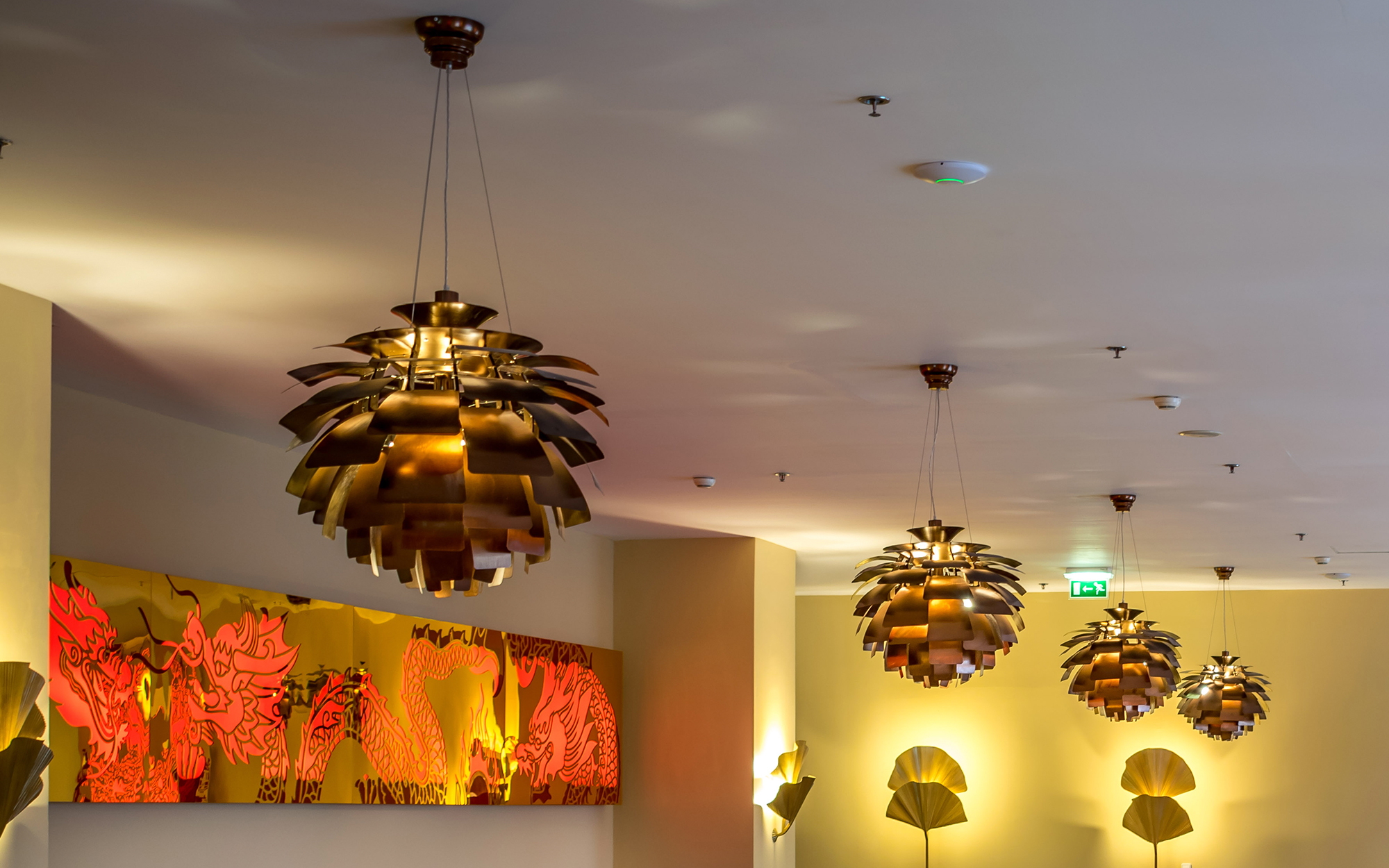‘Future comes by itself, progress does not.’ The famous Artichoke Lamp designer unintentionally summed up his designs through an off-the-cuff quote that helps us to understand why his work looks just as modern today as it did 70 years ago.
In this article, we will share all you need to know about the Artichoke Lamp, its history, design, and why it’s the perfect choice for any modern home.
The History Of The Artichoke Lamp & Its Designer
Born in 1894 in Denmark, the modern designer studied as an architect from 1911 to 1917 but never graduated. His focus changed from pursuing a career in architecture to design and painting. It was this decision that helped him to become the revered designer and innovator whom his legacy is known for today.
If you’re not sure who the designer is, we’re sure you will know him through his famous Artichoke Lamp and Snowball Lamp, amongst a wide range of other lights and pendants that would go on to change the way designers look at lighting a room.
He became fixated on recreating the warming and relaxing glow of petroleum lamps, which he remembered fondly from childhood. He considered modern light bulbs way too bright; to him, they were purely functional and not emotional.
How Did The The Artichoke Lamp Came To Life
The designer set to work in his attic to turn a modern bulb into a light that could bring emotion and style to a room. By painting the room black, he used candles surrounded by grease-stained paper to create varying curves of light and shadow.
From here, he measured thousands of light angles in a process he would call “fotometer”. These findings would be used throughout his career and influence many of his designs whilst perfecting light’s reflection, shadow and glare.
His first lamp, the PH Lamp, was a major success and, in 1925, brought the young designer into the international limelight. The success that came from this design allowed PH to spend an entire career in pursuit of even greater light sources.
This perfection was created in 1958 when he designed the PH Kogle, known today as the Artichoke Lamp. It is originally called the Kogle in Danish due to its resemblance to a conifer cone, so one can instantly see the inspiration behind both names. This pendant thrust the artist’s lighting designs into the spotlight of mid-century modern furniture design.
Created from laser-cut brushed aluminium leaves that look natural and intentional, the Artichoke Lamps perfectly reflect its hidden light source from all angles. The lamp’s specially chosen range of colours (copper, white, silver or gold) gives a variety of tones to the escaping light, which not only turns heads but completes the designer’s vision of a perfectly lit room.
Outside lighting design, the artist was a widely recognised critic, author and architect. At the beginning of the Second World War, he worked as chief architect for the world’s oldest theme park, Copenhagen’s Tivoli Gardens. He created Glassalen, a beautiful theatre within the park’s grounds.
As Nazi Germany took occupation of Denmark, the designer found himself under heavy observation due to his outspoken nature in writings such as “Hvad med Kulturen?” (What About Culture?), a heavily critical piece on Danish cultural life and his involvement with anti-fascist organisations. As a result, he fled to Sweden, where he continued to write and design. In 1967 he died, leaving behind a true legacy of design.
Final Thoughts
Lately, you’ve probably noticed the copper trend is coming back in style at full speed. For example, the Copper Artichoke Lamp looks amazing in any bright, white dining room, and by adding this copper pendant, you can effortlessly add a bit of warmth to an otherwise cold room.
In addition to copper, marble is trendy this season in designs such as our beloved Marble Tulip Tables. For more inspiration, you can read our articles on:




